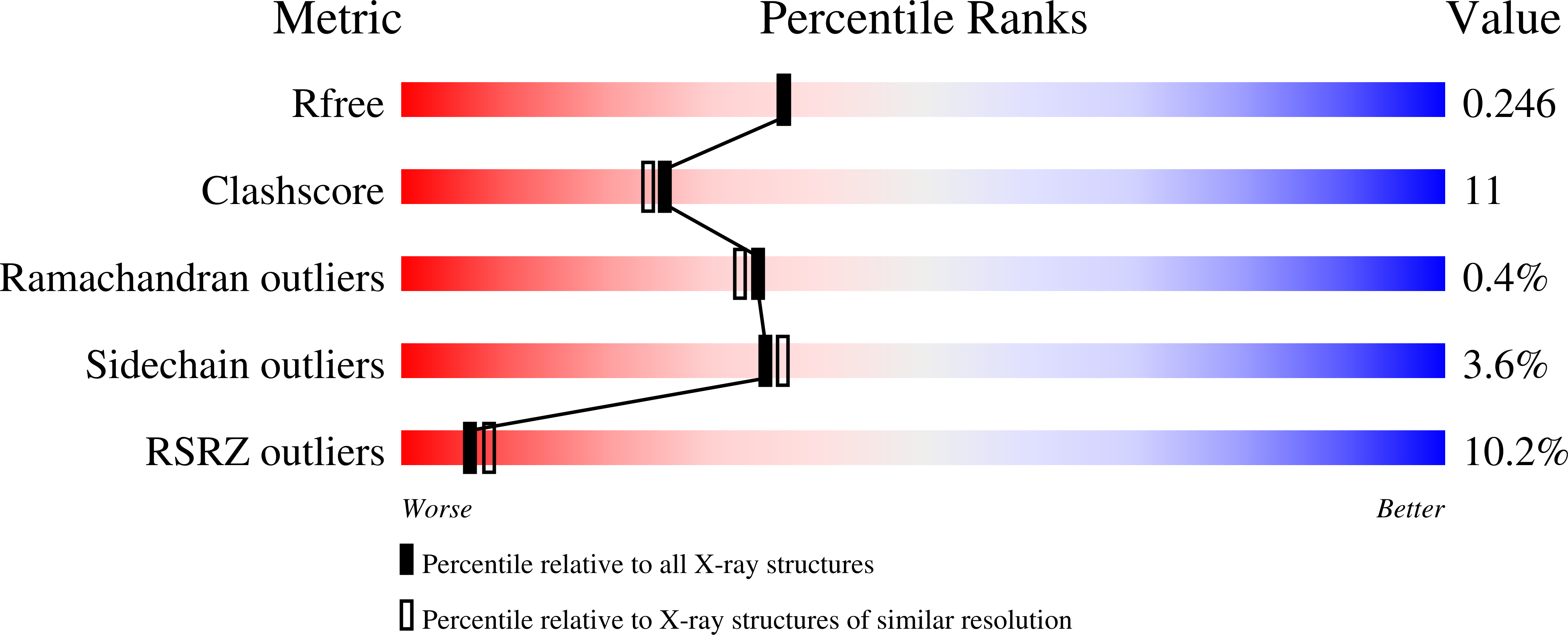
Deposition Date
2004-11-30
Release Date
2005-01-25
Last Version Date
2024-11-06
Method Details:
Experimental Method:
Resolution:
2.10 Å
R-Value Free:
0.24
R-Value Work:
0.21
R-Value Observed:
0.21
Space Group:
C 2 2 21


